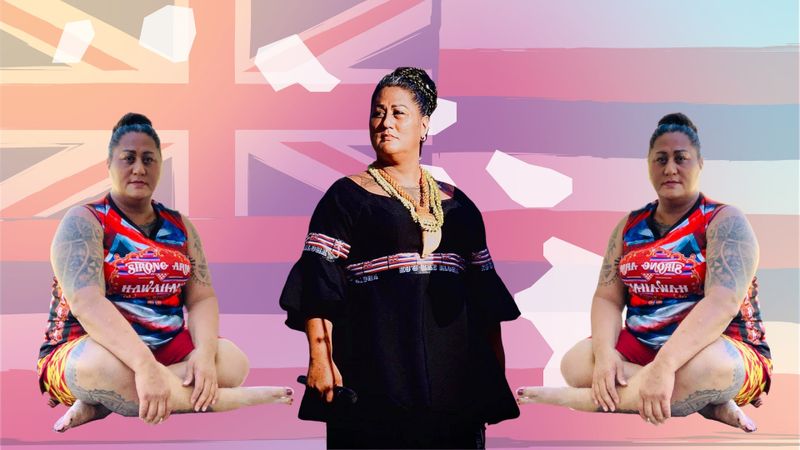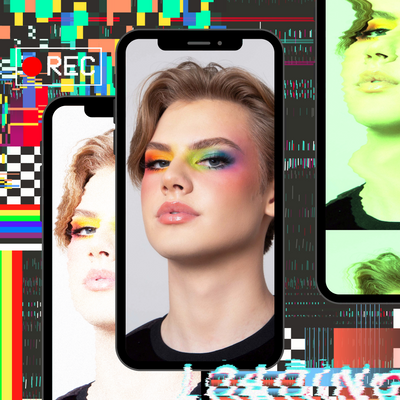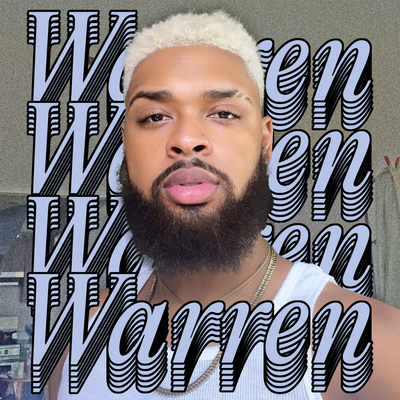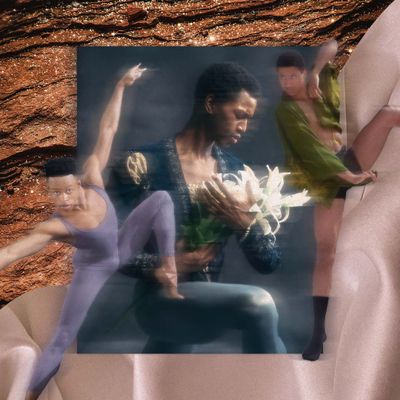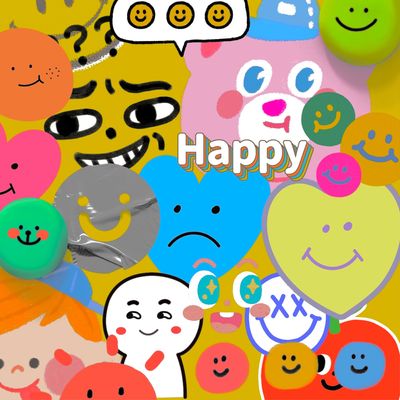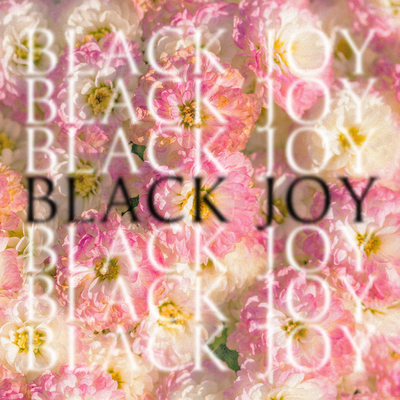When people think of Hawaii, they envision palm trees and crystal clear oceans. What many fail to imagine is a deeper understanding of the Kanaka, or the natives of Hawaii.
Fifteen-hundred years ago, Polynesians arrived in what is now known as Hawaii. Filled with rich traditions and history, they built their homes, families and created Kanaka culture. But in 1778, the first colonizer, Captain Cook, stepped foot on Hawaii and abruptly altered the Kanaka’s way of life. By the time the first sugar plantation opened on the island of Kaui in 1835, Kanaka were enslaved by outsiders on the very land they founded. Colonizers destroyed and extorted the people of Hawaii, and almost succeeded in eradicating an entire population.
Today, the Kanaka makes up only 6% of the population on the islands. When the United States annexed Hawaii in 1898, the history of the treatment of natives in Hawaii was woven into America’s fabric. While we still have a lot to learn about our nation’s history of slavery, the Kanaka culture undoubtedly a benefit to American society, and offers many lessons that we would be wise to pay attention to.
The three genders in Kanaka culture
“A Place In The Middle” is a documentary by PBS Hawaii that explored native Hawaiian culture, and in particular, the Kanaka approach to gender diversity. The film is led by the voice of Kumu Hinaleimoana Wong-Kalu, aka Kumu (teacher) Hina who is a māhū.
In Hawaiian culture, there are three genders: kane (men), wahine (women), and lastly, māhū’s, who are known to be in the middle. Māhūs embraces both feminine and masculine traits that are embodied in each and every one of us, Kumu Hina states in the documentary.
SEE ALSO: What it’s like to come out twice-once as a lesbian and once as transgender
Historically in Hawaiian culture, every one person had a role, from chiefs to caregivers. In the past, māhū’s were valued and respected, seen as caretakers, healers, and teachers of ancient traditions.
Kumu Hina strives to dismantle Western influence on her culture and life in order to preserve what’s left of Hawaiian culture. In the documentary, Kumu Hina discusses how her role is to help mold her students in the best way that she can. She does so by providing the space for one of her students, who dreams of being a part of the school’s all-male hula troupe, embrace and explore both their feminine and masculine sides.
We caught up with Kumu Hina in order to dive deeper into the meaning of māhū, and what her journey in life has been like as one herself.
What is māhū?
Under the Western lens, it may be described as transgender or gender non-conforming. Many māhū’s identify with him or her pronouns, versus they/them. It’s important to stress that māhū is also a state of being. Historically, the ability to embrace both sides is highly valued in Kanaka culture.
Bisexuality in Hawaiian culture
Another term similar to māhū is the Hawaiian word ‘aikane.’ Aikane refers to a friendship that “cohabits as a male with male, female with female.” These types of relationships were never frowned upon. According to Kumu Hina, they were very important in Hawaiian culture and found at several levels, especially amongst chiefs.
“Aikane relationships oftentimes were the most formidable relationships,” she recalls. “They solidified social culture, and social boundaries that helped how people interacted, so much that Aikane even had the power to execute on behalf of the chief.”
Historically, the lens surrounding sexual and gender fluidity was far less taboo in Hawaiian culture than exists today in American culture. “Bisexuality was a greater norm than is actually spoken about and thus there was a greater kind of balance amongst social constructs and relationships in general,” says Kumu Hina. “There was a clear understanding of both dualities in relationships. These relationships, they’re not how Americans look at gay relationships.” What matters most in Kanaka culture, Kumu stresses, are your contributions to your family and society.
Māhū’s place in LGBTQIA culture today
Family is still what matters most to her today. “Who I am is rooted firmly within who I descend from,” she says. Growing up, Kumu Hina spent time on the island of Ni‘ihau with extended family where she became fluent in Hawaiian and more in tune with her culture. “What’s most important is the name that I descend from my family that comes from the places that we come from,” says Kumu Hina.
Being of the third person reaps benefits that kane (men) and wahine (women) may lack. “When it comes to my understanding of māhū, not everybody was given the privilege of seeing life and seeing the world from multiple perspectives,” says Kumu Hina. She credits being māhū with her ability to have both a male-oriented and female perspective to help her navigate through life challenges. This duality has led to Kumu Hina winning over a dozen awards including the GLAAD Media Award for Outstanding Documentary in 2016.
Though Kumu stays humble, she is one of few that speaks so publicly to share māhū culture. When it comes to keeping herself driven, her approach is rooted in her upbringing. “Growing up I was given much and never left without, so I understand that for whom much is given, much will be expected,” she explains. “For many years I was giving much and this is a time that I have to now be able to give up myself for whatever that is.”
She stresses the importance of understanding māhū and what it truly means from a non-American perspective. “When it comes to LGBTQIA kind of things, especially with the term māhū, it’s clearly oriented to the cultural understanding that is rooted in language, that is rooted in history, and that will push beyond the parameters about what we are imposed to knowing, believing, and accepting from American culture,” says Kumu Hina. “I’ve made it a point in my life to understand the distinction between what makes me Kanaka and what allows me to interface with American culture.”

